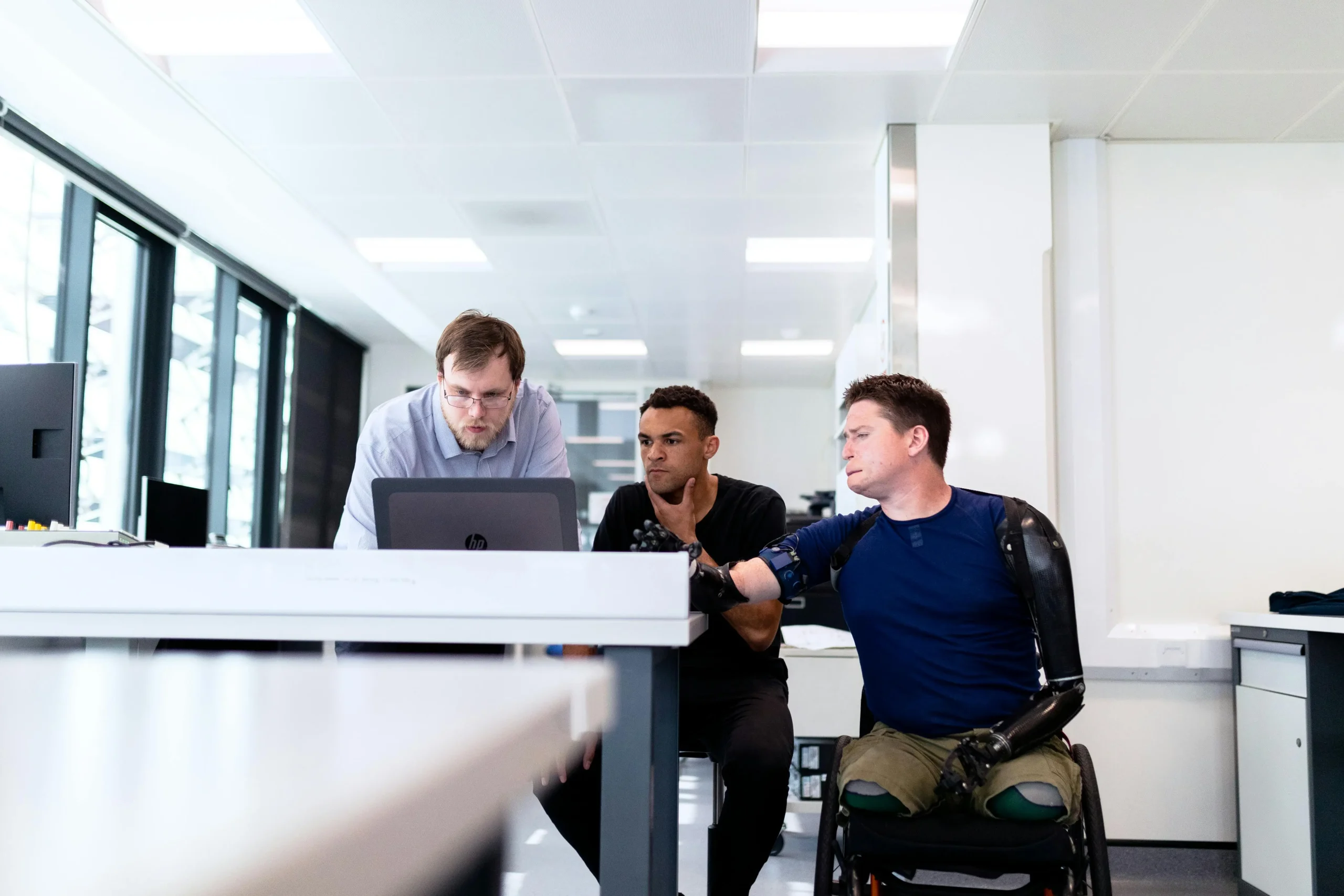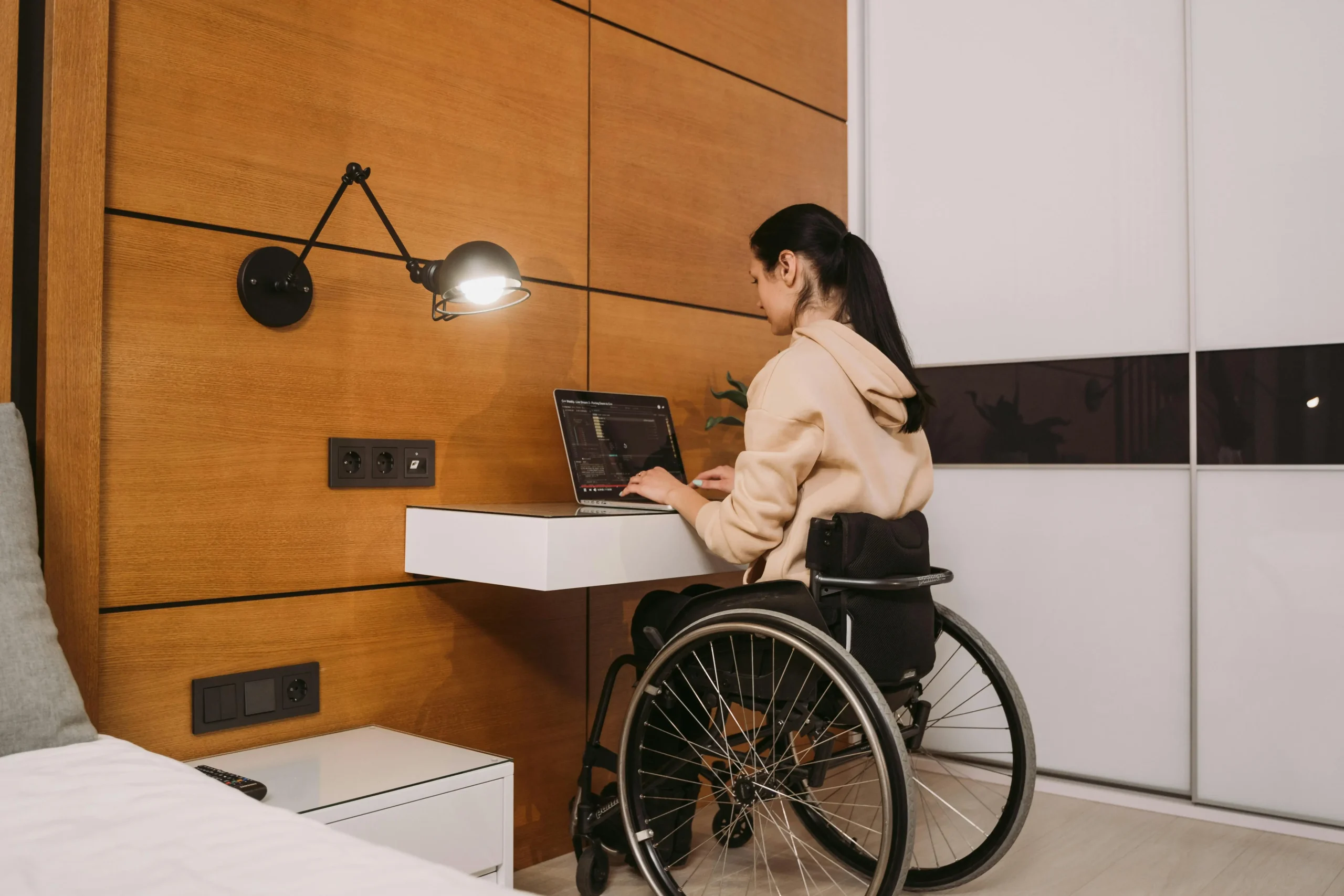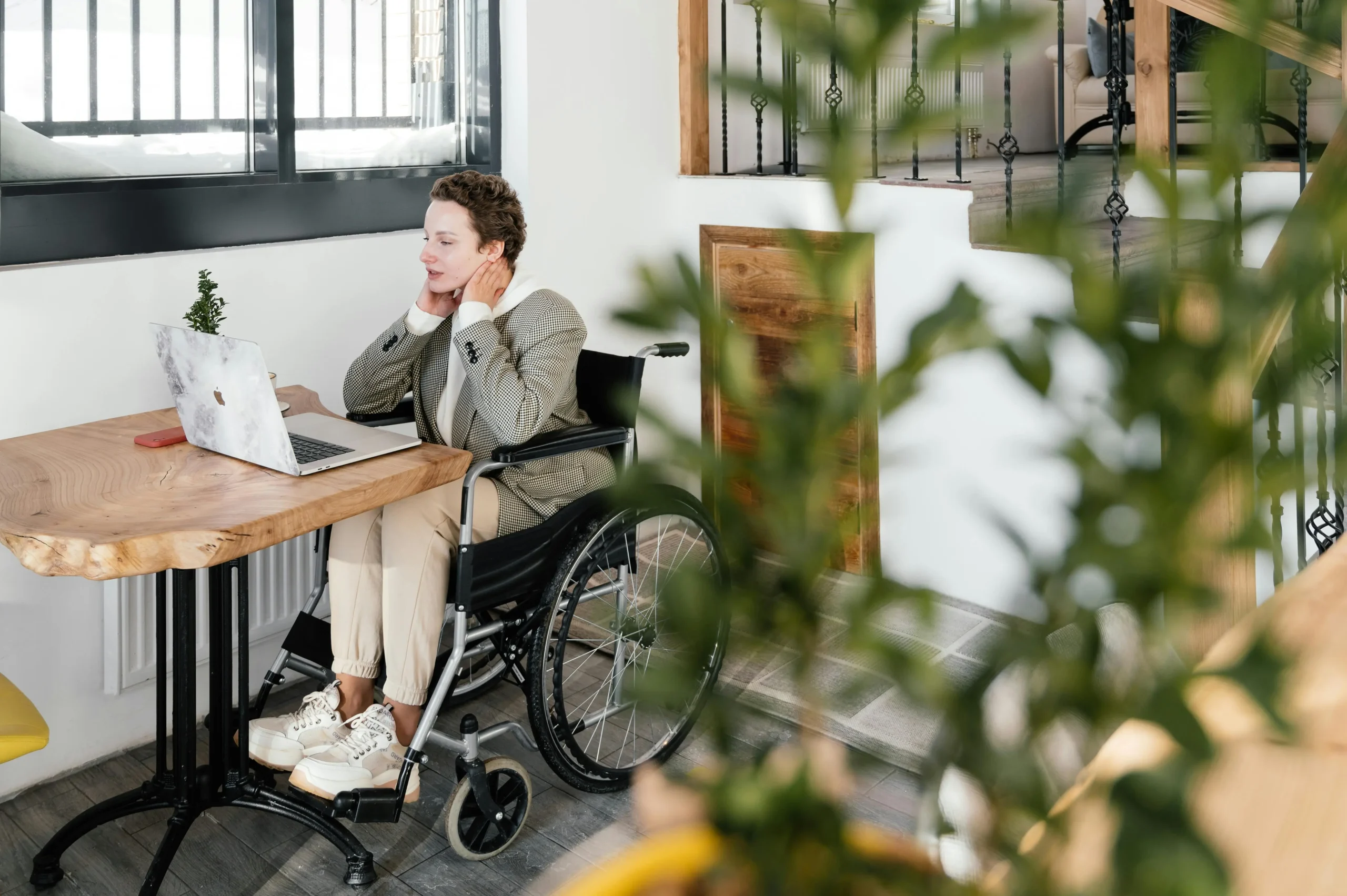Disability in the workplace: Barriers to employment & retention
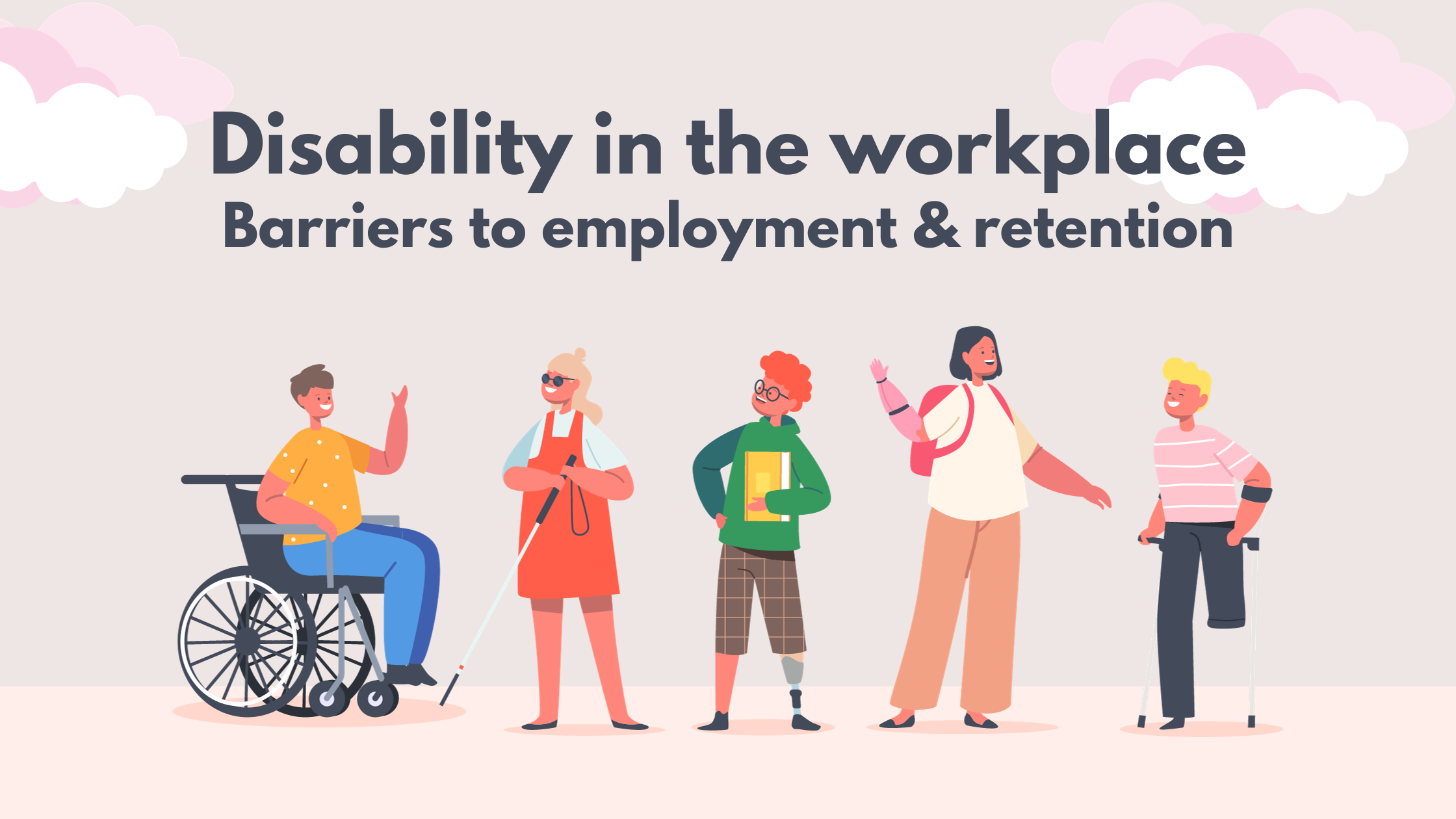
For many disabled people, finding and maintaining a job can seem like an impossible challenge. In today’s world of highly competitive workplaces, the barriers and misperceptions that accompany disability can create additional obstacles to gaining employment or advancing one’s career. Unfortunately, this isn’t a problem faced exclusively by disabled individuals; surveys conducted in recent years have revealed that employers often struggle with recognizing disabilities as part of their diversity agenda, which contributes to difficulty in recruiting and retaining disabled employees. As someone who has worked with both employers and those with disabilities alike, I understand the struggles they face – but so too do I recognize strides being taken by some of our nation’s leading organizations towards becoming more inclusive for all types of workers. I hope that through increased awareness about these issues, Understanding the Employment and Retention Landscape for People with Disabilities.
For many people with disabilities, finding and keeping a job can be a daunting task. The employment and retention landscape for those with disabilities can seem like an uphill battle. However, understanding this landscape and the resources available can make all the difference in finding meaningful employment. With the right support and accommodations, individuals with disabilities can excel in the workforce and make valuable contributions to their chosen field. It is important to recognize that disability does not define a person’s ability to perform a job. Employers who prioritize diversity, equity, and inclusion can tap into a talented pool of employees and ultimately benefit from the unique perspectives and experiences of individuals with disabilities. By working together, we can create a more inclusive and accessible workforce for all.
We will continue to see progress as marginalized groups are better represented in workforces across industries throughout America.
The Cost of Not Employing or Retaining People with Disabilities
Employment is a crucial element of the American Dream, allowing individuals to gain financial independence, develop skills, and contribute to society. However, for people with disabilities, securing employment opportunities can be a daunting task. This is unfortunate, as failing to employ or retain people with disabilities carries a hefty cost for society. Not only does it limit the potential income of those with disabilities, but it also creates a burden on government-supported programs to provide for the unemployed. Furthermore, the lack of diversity in the workforce perpetuates inequality, and businesses are left with talent gaps and missed opportunities for innovation. Addressing this issue is, therefore, not just a matter of morality but also a matter of economics and societal well-being.
Breaking Barriers and Creating Inclusion
To create a more inclusive workforce, employers must be willing to break down barriers that prevent people with disabilities from entering or remaining in the workforce. This may involve providing accommodations such as assistive technology, flexible work schedules, or accessible workplaces. It also means fostering an environment of acceptance and understanding where employees feel comfortable disclosing their disability and requesting necessary accommodations. Employers must also be mindful of unconscious biases and actively work towards creating a culture of diversity and inclusivity.
Recruiting from an Untapped Talent Pool
By expanding their recruitment efforts to include people with disabilities, employers have the opportunity to tap into a vast pool of talent that is often overlooked. People with disabilities bring diverse perspectives, problem-solving skills, and unique experiences to the table, which can lead to increased productivity and innovation in the workplace. Additionally, hiring individuals with disabilities can also improve a company’s reputation as an inclusive and socially responsible employer.
Creating a Positive Impact on Society
Beyond the business benefits, creating a more inclusive workforce has a positive impact on society as a whole. By providing employment opportunities for people with disabilities, employers are not only promoting equality and social justice but also helping to reduce the economic burden on individuals and governments. This, in turn, can lead to a more inclusive and prosperous society where everyone has the opportunity to contribute and thrive.
Common Barriers to Employment & Retention in the Workplace
Finding and maintaining employment can be a challenging feat, and often, some barriers make the process even more difficult. Many job seekers face obstacles such as lack of education, limited work experience, or a criminal record that can prevent them from securing a job. These same barriers can also contribute to difficulties with retention in the workplace. However, other barriers are not always as visible, such as discrimination, lack of access to transportation or childcare, and mental health struggles. Addressing and overcoming these barriers is critical to both helping job seekers find employment and ensuring that they can succeed in their chosen career paths.
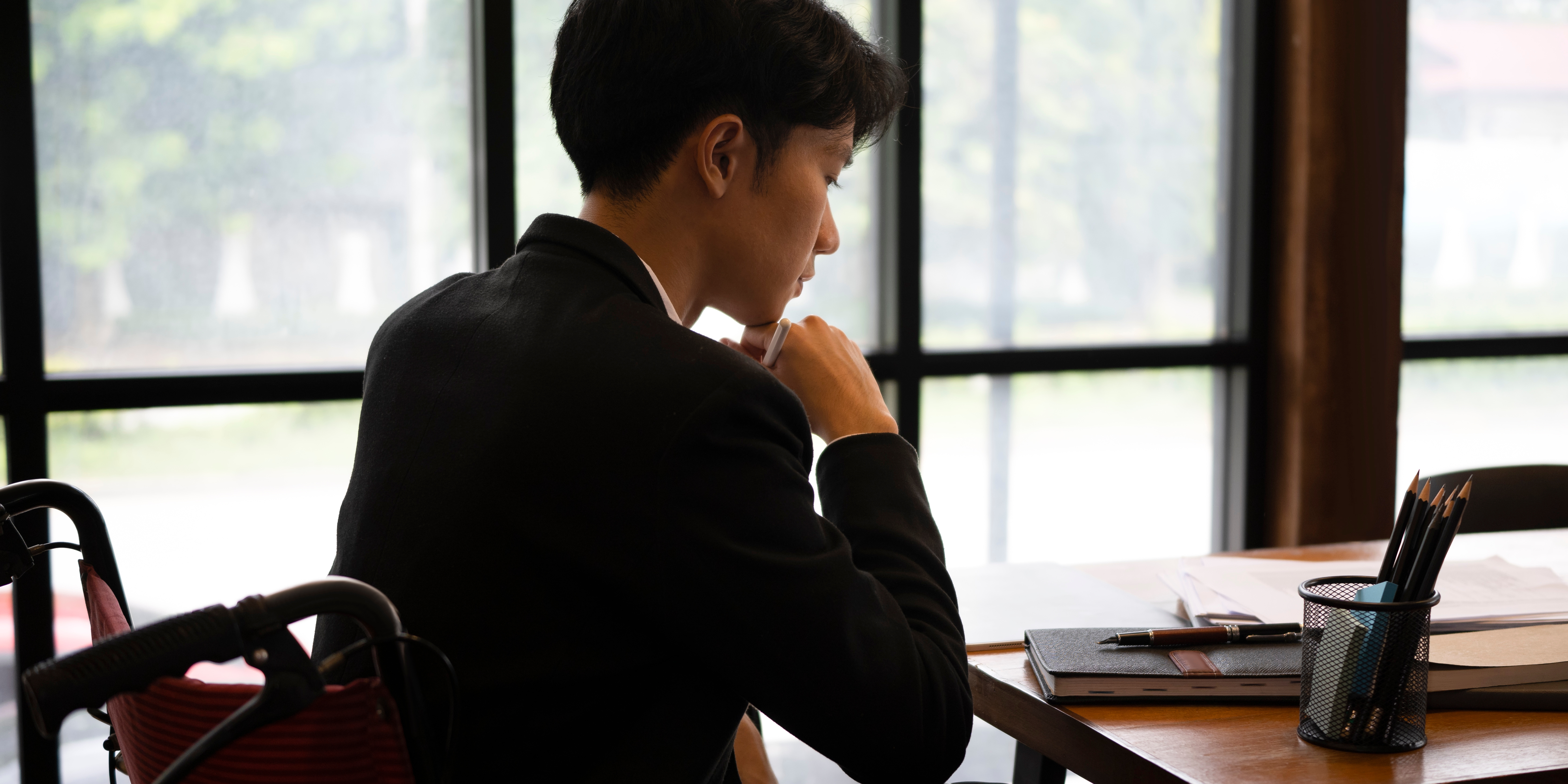
well-being strategies to Overcome the Barriers and Increase Disability Inclusion
In today’s world, we all strive for inclusiveness in our communities. However, many people with disabilities are still facing barriers to inclusion that prevent full and equal participation in society. Fortunately, several strategies can help overcome these obstacles and increase disability inclusion. For example, providing accommodations, such as assistive technology, can help individuals with disabilities access education, employment, and other activities. Additionally, raising awareness about disabilities and promoting positive attitudes can encourage people to embrace diversity and create more inclusive environments. It takes effort, but when we work together to break down barriers, we create a more inclusive and welcoming world for everyone.
Reimagining Job Descriptions to Accommodate Different Abilities
In the modern workforce, there is a growing realization that traditional job descriptions may not accurately reflect the skills and abilities of all individuals. As a result, many companies are beginning to reimagine these descriptions to accommodate people with different abilities better. This effort is not only beneficial to those with disabilities, but it’s also advantageous for the companies themselves as they are able to tap into a much larger pool of talent. By focusing on individual strengths and capabilities, businesses can create more inclusive and dynamic work environments where everyone has the opportunity to thrive. It’s an approach that benefits people and companies alike and helps to create a more equitable and accessible future for all.
Leveraging Technology and Other Innovations to Make Disability Inclusion Possible
Technology has the power to enable and empower individuals with disabilities, and we must leverage it to ensure that everyone is included in our society. With the advent of innovative technologies such as wearable devices, virtual and augmented reality, and smart home systems, it’s now easier than ever before to create an accessible and inclusive environment for everyone. From improving mobility to enhancing communication, technology is helping us overcome the physical and societal barriers that have long prevented people with disabilities from fully participating in our communities. By embracing these new tools and technologies, we can make disability inclusion a reality for all.
Overall, there are many opportunities for employers to increase the access and inclusion of people with disabilities in their workforce. By recognizing all the incredible ways individuals with disabilities contribute to the success of businesses, organizations can work to create welcoming workspaces and ensure equity for everyone. Employers can ensure this by evaluating their recruitment and job descriptions to reflect disability-inclusive language, providing flexible accommodations, leveraging technology advances, and engaging in continued dialogue about the experiences of people with disabilities working in their workplaces. When companies create strategies that open up meaningful opportunities for people with disabilities, they will be rewarded not just from a human rights point of view but also through concrete economic benefits. We encourage organizations to take advantage of these opportunities to not only support positive change at their companies but also make an impact on society and the economy as a whole.
Conclusion
Navigating a career fair with a disability may present unique challenges, but with proper preparation and a positive mindset, you can succeed in connecting with potential employers and advancing your career. Remember that your disability is just one aspect of who you are, and your skills, qualifications, and enthusiasm are what truly matter to employers. By following these tips, you can maximize your chances of success at career fairs and take a significant step toward your career goals.


